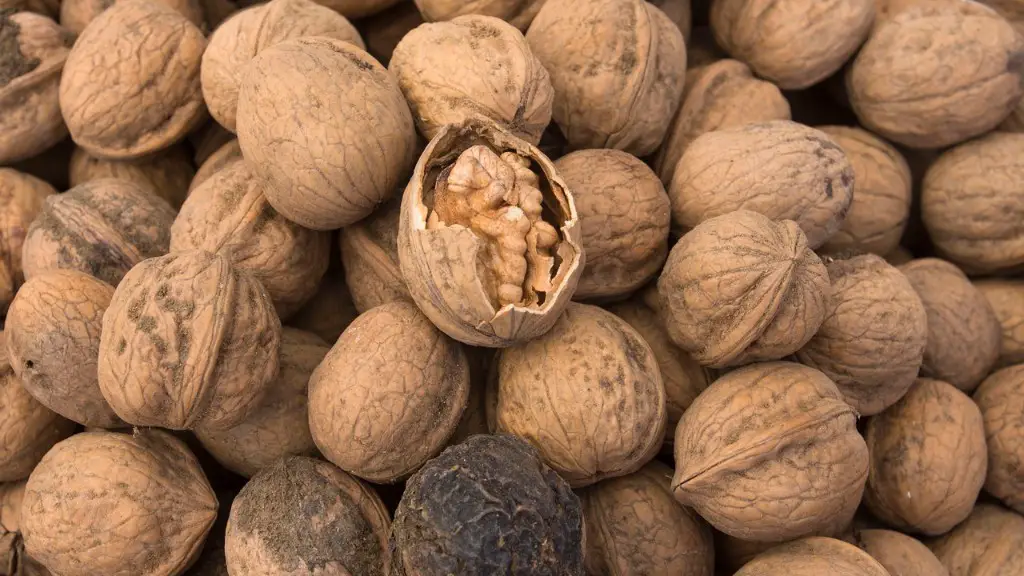Adding nitrogen to a lemon tree is an important process for achieving consistent plant health and fruit production. Unlike other fruits, lemon trees require an additional source of nitrogen in order to thrive. This can be provided in the form of a commercial fertilizer, or even from natural sources such as compost or manure. In this article, we’ll discuss the various methods for adding nitrogen to a lemon tree, as well as tips for doing it safely and effectively.
Choose an Abundant Source of Nitrogen
When selecting a source of nitrogen for your lemon tree, it’s important to choose an abundant one. Commercial fertilizers are nearly always the best choice as they provide a concentrated and sustained release of nitrogen into the soil. Additionally, compost and manure can also be effective sources of nitrogen, but they must be properly composted before applying to the tree. This will help to ensure that the nitrogen is safely and evenly distributed throughout the soil.
Use an Appropriate Amount of Nitrogen
It is important to apply the correct amount of nitrogen to your lemon tree in order to ensure healthy growth and fruit production. Too much nitrogen can cause over-fertilization of the soil, resulting in poor yields and stunted growth. Conversely, too little nitrogen can leave the tree vulnerable to pests and diseases, as well as reduce its overall vigor. It’s always best to seek advice from a local nursery on the appropriate amount of fertilizer to use for your particular tree.
Mix Nitrogen in Carefully
Once you’ve chosen an appropriate source of nitrogen for your lemon tree, the next step is to mix it in carefully. If you’re using a commercial fertilizer, always make sure to read the directions and follow them closely. For compost and manure, it’s important to make sure that the material has been thoroughly broken down before applying to the tree. This will help ensure that the nitrogen is safely and evenly distributed in the soil.
Water the Tree After Applications
It’s important to always water your lemon tree after applying any source of nitrogen. Regular deep soakings will help to ensure that the fertilizer is properly absorbed by the soil. Additionally, it will also help to encourage good root development and healthy growth.
Use Appropriate Protective Gear
When applying nitrogen to a lemon tree, it’s important to wear appropriate protective gear, such as gloves and a face mask. This will help to prevent any potential irritation to the eyes, skin, and lungs caused by the fertilizer’s ingredients. Additionally, wearing protective clothing is also recommended to help prevent any accidental skin contact with the fertilizer.
Monitor the Tree Regularly
Once you’ve applied nitrogen to your lemon tree, it’s important to monitor it regularly. This will help to ensure that the tree is in proper health and that the fertilizer is properly absorbed. If you notice any signs of over-fertilization or deficient nutrition, it’s best to consult a local nursery for advice on how to correct the issue.
Opt for Natural Alternatives
For those looking for a more natural approach to adding nitrogen to their lemon tree, there are a few alternatives. Compost, manure, and green manures are all great sources of nitrogen, and they will help to provide the necessary nutrients without having to resort to commercial fertilizers. Additionally, these materials can also help to improve the overall health of the soil.
Consider Using Organic Fertilizers
Organic fertilizers are another great option for adding nitrogen to a lemon tree. They are designed to be gentle on the soil and free from any potentially hazardous ingredients. Additionally, they are also usually much more affordable than commercial fertilizers. Before using an organic fertilizer, however, it’s important to consult a local nursery for advice on the best type and amount to use.
Mix with Established Soil Amendment
When applying nitrogen to a lemon tree, it’s also a good idea to mix it in with an established soil amendment. Compost, manure, and peat moss are all excellent additions to the soil, and they will help to enhance its ability to retain moisture and nutrients. Additionally, these materials can also help to limit the potential for over-fertilization of the tree.
Monitor Soil pH and Nutrient Levels Regularly
Finally, it’s important to monitor the soil’s pH and nutrient levels regularly when adding nitrogen to a lemon tree. This will help to ensure that the tree is receiving the correct amount of nitrogen, as well as other essential nutrients. Taking soil samples at regular intervals is the best way to monitor for any potential issues with the soil’s pH or nutrient levels.


